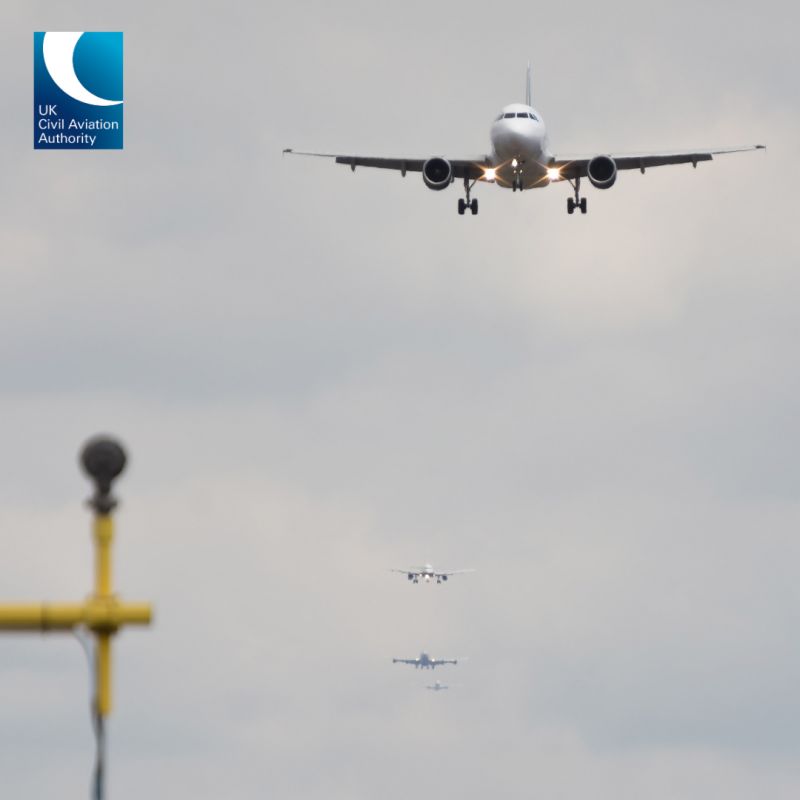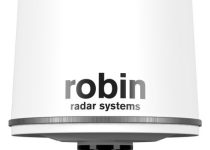Airspace modernisation – consultation on a UK Airspace Design Service

Modernisation of UK airspace is essential to ensure that it is fit for purpose in the future. Modernisation will benefit UK consumers through greater system capacity and better resilience to disruption. Crucially, it will help UK aviation to achieve net zero greenhouse-gas emissions by 2050.
Unlike in most other countries, UK airspace design is today delivered via a complex model, where multiple organisations, usually airports and air navigation service providers, each individually sponsor and fund airspace change proposals (ACPs), often with interdependent designs. This complexity puts at risk the ability to accommodate increasing demand for access to UK airspace and, eventually, innovative new technologies such as remotely piloted aircraft systems (drones).
This consultation proposes creating a single guiding mind responsible for future airspace design – a UK Airspace Design Service (UKADS) – to deliver this much-needed modernisation at scale and at pace, as envisaged by the CAA’s Airspace Modernisation Strategy published in January 2023.
This joint consultation by the Department for Transport (DfT) and UK Civil Aviation Authority (CAA), as co‑sponsors of airspace modernisation, seeks views on what the UKADS could do and how we might set it up.
At this stage no decisions have been made and these are proposals for consultation.
We summarise our proposals below. More detail appears in the full consultation document and the accompanying Regulatory Impact Assessment. To give us your views, please click on the link further down this page.
Outline of the proposal
Our proposal is to set up the UKADS in two phases:
In the first phase, the initial operating model for the UKADS function (UKADS1) would be established as soon as possible and tasked to NATS (En Route) plc (NERL) through a change to its air traffic services licence. The scope of UKADS1 would initially be to take forward (sponsor) ACPs to modernise the complex airspace around London. Subject to UKADS1’s capability and capacity, the DfT and CAA may expand this scope in the future.
UKADS1 would take on all aspects of each ACP, except for the safety case, implementation and (depending on the circumstances) managing aspects of stakeholder engagement, where the airport, air navigation service provider or other proposer of the change may take the lead on consulting with their stakeholders, supported by the ADS.
The second phase, running in parallel but necessarily on a longer timeframe, would be to establish the end-state operating model for the UKADS function (UKADS2). UKADS2 could be responsible for sponsoring and progressing all ACPs in the UK. UKADS2 would be likely to require primary legislation. This second phase would be conditional on the outcome of a review of the success of the first phase.
The detail of UKADS2, including its form and options for any new legislation, would be subject to further consultation in the future. We are not making proposals for UKADS2 in this consultation other than the broad concept.
A new airspace charge to fund all ACPs
Alongside our proposals for the UKADS, we propose to reform the funding of ACPs UK-wide by creating a new UK Airspace Design Charge which would:
- meet the efficient costs of NERL to provide an airspace design service through UKADS1, and
- capitalise a new UK Airspace Design Support Fund to cover relevant costs of the sponsors of eligible UK airport ACPs that are outside the scope of UKADS1.
Why are we making this proposal?
As the airspace change masterplan has progressed, it has become clear that the challenges of today’s airspace change model risk the delivery of much-needed modernisation:
- the complex nature of UK airspace, particularly in the London area
- neighbouring airports, each having their own requirements, proposing and funding individual ACPs where the airspace designs are interdependent
- dispersed and scarce expertise in the industry sometimes leading to inconsistent standards and variable quality in ACP submissions
- increasing demand from new or developing types of airspace user (such as drones, aerial taxis, high-altitude platforms, space launch) to have routine access to an integrated airspace for all users, but no obvious sponsor to take forward or fund any changes to the airspace design needed to accommodate them.
The consultation
What is in scope of this consultation (what we are consulting on)
This consultation is seeking your views on these proposals, including:
- the overall concept of a UKADS
- the scope of the UKADS’s responsibilities (whether geographically or in terms of the types or process stages of ACPs)
- funding the UKADS and other UK airspace design change
- suitable governance to ensure the UKADS delivers what is needed and on time
- a proposed two-phase approach of UKADS1 and UKADS2
- how to transition ACPs to UKADS1 from the current approach for making changes to airspace design
- what modifications to the CAA’s CAP 1616 airspace change process may be needed to accommodate the activities of a UKADS
- the concept of the end-state UKADS2, which could eventually become solely responsible for progressing changes in UK airspace design.
What is not in scope of this consultation (what we are not consulting on)
We are not seeking views on any of the following:
- the CAP 1616 airspace change process, other than where you believe the UKADS proposals might require it to be modified
- specific ACPs past or present
- issues with specific volumes of airspace, other than examples of where you believe a UKADS might address the issue
- aspects of government environmental policy, including the Air Navigation Guidance (the statutory guidance given to the CAA by the Secretary of State on how it should take environmental impacts into account).
Consequently, the DfT and CAA will only take into account elements of responses to this consultation that are within scope.
Who is this consultation for?
This consultation is principally for anyone who uses, manages and designs airspace. It may also be of interest to anyone otherwise affected by airspace or the aircraft that use it. We have tried to keep technical terminology to the minimum as we appreciate that we have a wide range of stakeholders who will have an interest in the proposals for a UKADS.
Should you have any questions about the consultation, please direct them to [email protected]. The DfT and CAA plan to hold a webinar within the first few weeks of the consultation to answer questions and provide an opportunity for stakeholders to raise any relevant issues. We will post details here.
How to respond to this consultation
The consultation will close at 23.59 on 17 December 2024 (a consultation period of eight weeks). We cannot commit to taking into account comments received after this date.
You can submit your comments by following the link below and answering the 21 consultation questions, which require a mix of multiple-choice and free-text answers. For convenience, you can also download all the questions in MS Word from the link under ‘Related’ below, but your response should be submitted through this online portal.
Our strong preference is that you complete the online consultation. While we will take account of responses that are submitted by other means, we ask that you arrange any such submission using the subject headings of the consultation document. Otherwise we will not be able to analyse your submission in the same way that we analyse the online responses.
We will assume that all responses can be published on the CAA website. When you complete the online consultation there will be an option for you to hide your identity or refuse publication. (In any event, your email address will not be published.) In the interests of transparency, we hope you will not refuse publication. If you do send us a separate submission and it includes any material that you do not want us to publish, please also send us a redacted version that we can publish.
Please note that your response will be shared with the DfT, CAA and relevant employees of any consultancy firms that we contract to assist with the UKADS project.
You should be aware that information sent to and therefore held by us is subject to legislation that may require us to disclose it, even if you have asked us not to (such as the Freedom of Information Act and Environmental Information Regulations). Therefore, if you do decide to send information to us but ask that this be withheld from publication via redacted material, please explain why, as this will help us to consider our obligations to disclose or withhold this information should the need arise. Please see General privacy notice | Civil Aviation Authority (caa.co.uk) and DfT Personal Information Charter for more information.
Proposed changes to the NERL licence
The CAA expects to launch a separate consultation later in the year that will provide illustrative information on changes to NERL air traffic service licence obligations, costs and charges that might be needed to implement proposals set out in this UKADS consultation. We will post a link here when this is published.
Next steps
Once the consultation has ended, we will publish a consultation response document summarising the responses we received and how we have taken these into account. Where we have permission to publish, you are also able to see responses we have received.
Give us your views
Related
Discover more from sUAS News
Subscribe to get the latest posts sent to your email.


